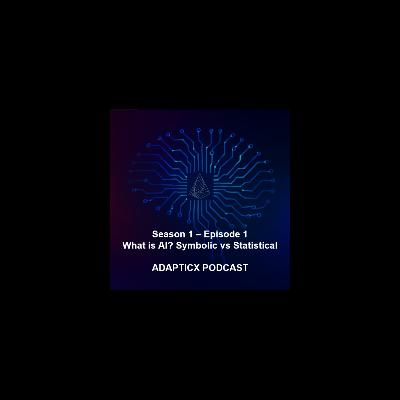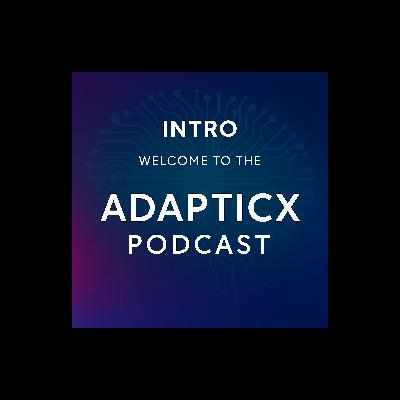In this episode, we explore one of the most important questions in the history of artificial intelligence: What is AI, really—and why has the field been shaped by two fundamentally different approaches?We break down the long-standing tension between Symbolic AI and Statistical AI, tracing how early researchers tried to encode intelligence through logic and rules, why those systems ultimately hit hard limits, and how the rise of data-driven learning reshaped the field. Along the way, we explain concepts like rational agents, knowledge representation, Bayesian reasoning, bias–variance, and the curse of dimensionality—using clear analogies and real historical examples.What We Cover in This EpisodeTechnical definitions of Artificial Intelligence and rational actionThe origins of Symbolic AI and the Physical Symbol System HypothesisSearch algorithms, state spaces, and combinatorial explosionThe rise of Statistical AI and machine learningBias–variance, overfitting, and the curse of dimensionalityWhy deep learning dominated the last decadeThe modern push toward hybrid neuro-symbolic systemsWhy the future of safe, reliable AI will likely require both paradigmsSources and Further ReadingRather than listing individual books or papers here, you can find all referenced materials, recommended readings, foundational papers, and extended resources directly on our website:👉 https://adapticx.co.ukWe continuously update our reading lists, research summaries, and episode-related references, so check back frequently for new material.








